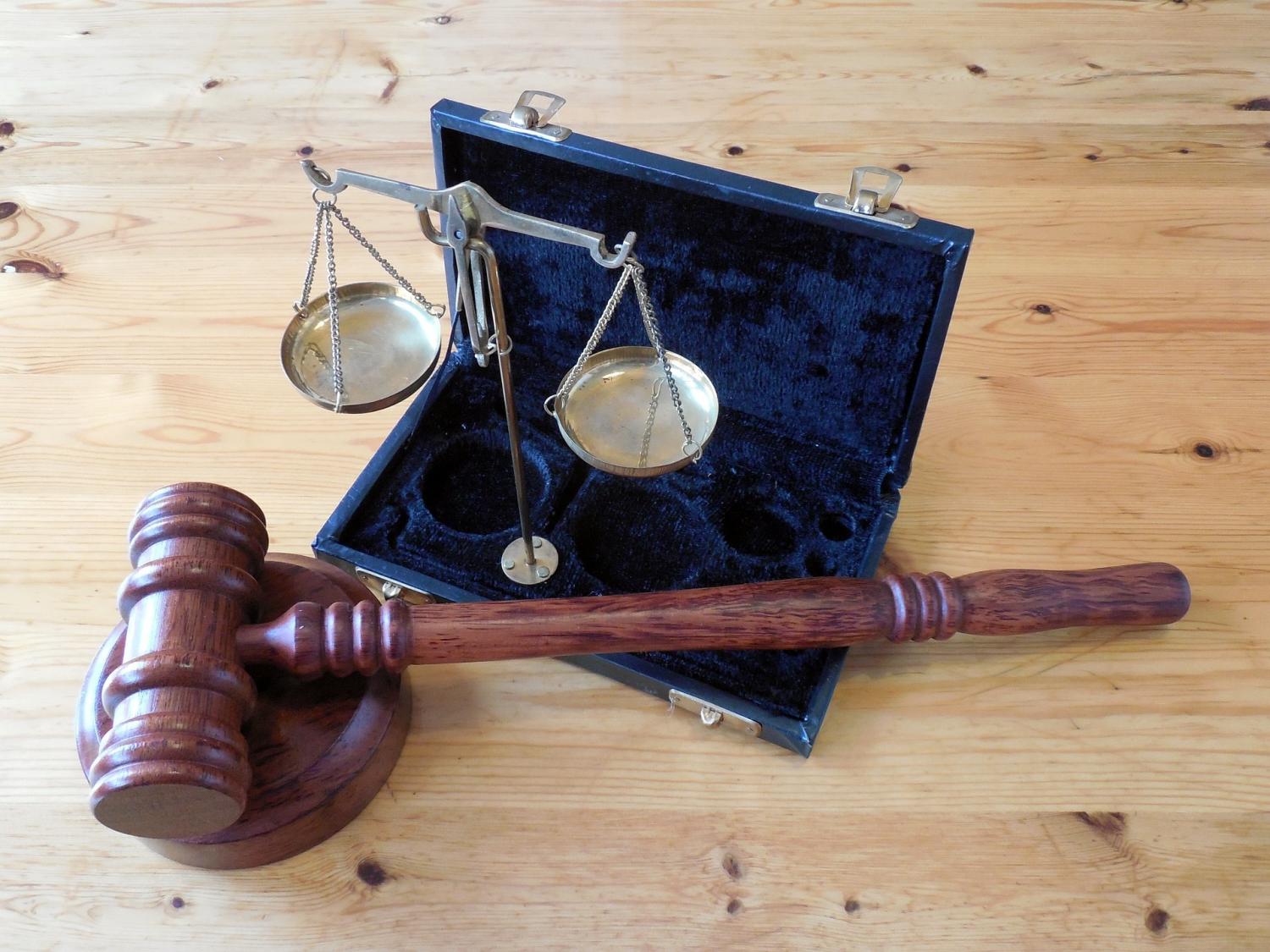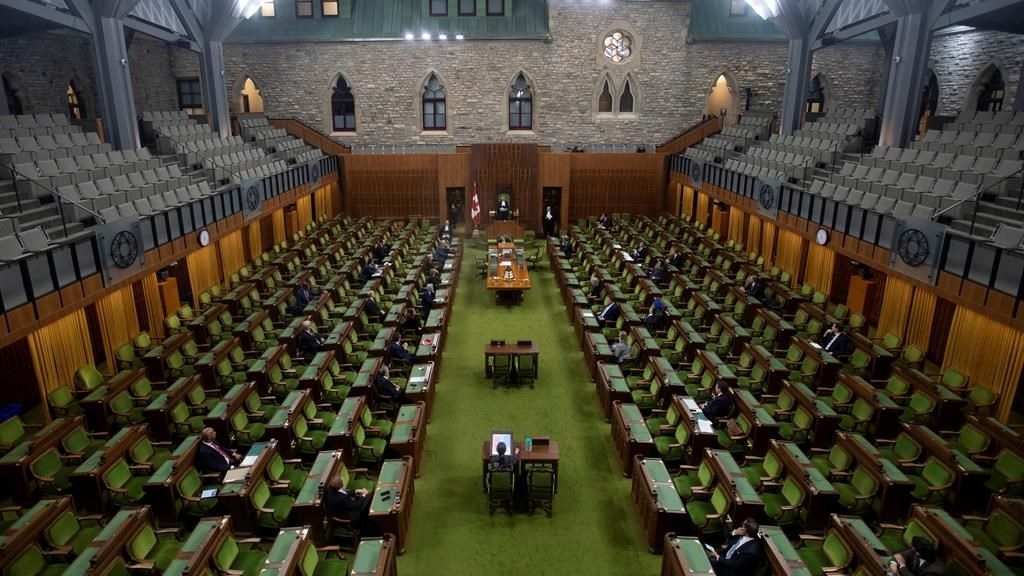
Facts Don’t Lie — Institutional Prejudice is Part of Canada’s Justice System
The acquittal of Gerald Stanley, a white farmer, in the shooting death of Colten Boushie, a 22-year-old Cree man from Red Pheasant First Nation, in Saskatchewan should be of concern to us all. The case is not cut and dry and the particulars matter as they should. For example, I wonder why the Crown went for a second-degree murder charge instead of manslaughter. These are legal and judicial issues that will continue through the appeal process. The bigger issue that this matter raises is the problem of institutional racism against Indigenous people in Canada’s justice system that many Canadians deny exists. It exists. If you need proof, just look at the facts.
In 2016, Statistic Canada reported that there were 1,673,785 Aboriginal people in Canada, accounting for 4.9 per cent of the total population. In that same year (2016), Aboriginal males accounted for 26 per cent of the prison population in Canada. This means that the incarceration rate for Aboriginal adults in Canada is 10 times higher than the incarceration rate of non-Aboriginal adults. Even more shocking is that, in 2016, Aboriginal females accounted for 38 per cent of Canada’s female prison population. Social scientists say these numbers are due to discrimination and attitudes based on racial or cultural prejudice, as well as economic and social disadvantage, substance abuse, inter-generational loss, violence and trauma.
Many non-Aboriginal people have some very strong opinions on the Boushie case. I’ve been surprised by some of the vitriol and hardened opinions around the case, especially from several high-profile criminal lawyers who are suggesting it’s heresy to criticise the court system and judicial process in such cases.
Prime Minister Trudeau showed a profound lack of judgement by commenting on this case and he may have inadvertently affected the appeals process which will cause further harm to the proper adjudication of this matter, for all involved. Justice Minister Judy Wilson-Raybould is in a tough spot because she is Canada’s first Aboriginal Minister of Justice (Kwakwaka’wakw First Nation) and has spent her entire career committed to ensuring equity and fairness in the justice system for Indigenous people in Canada. If she had said nothing she would have been eviscerated. Her comments, if taken fairly, were intended to provide comfort to the family of Colten Boushie. She is now said to be considering a simple Criminal Code amendment to eliminate the system of peremptory challenges which are one of the key factors at the heart of this case. Peremptory challenges allow the Crown or Defence to reject potential jurors without giving reasons. In the Colten Boushie case, the defence team used its 14 peremptory challenges to reject any potential jurors who appeared to be Indigenous.
Ironically, this type of amendment was first recommended back in 1991, in Manitoba, in a study on Aboriginal justice led by Sen. Murray Sinclair, who then went on to be the head of the Truth and Reconciliation Commission. In 2013, in a report to the Ontario government, former Supreme Court Justice Frank Iacobucci made a similar recommendation. Iacobucci said the status quo, will mean “any hope of true reconciliation between First Nations and Ontarians generally will vanish.”
Reform of anything begins by examining the evidence. The facts show that even today as we currently witness the ongoing National Inquiry into Missing and Murdered Indigenous Women and Girls and after the Residential Schools disgrace, the Sixties Scoop and Truth and Reconciliation Commission and report our “justice system” continues to incarcerate 10 times more Aboriginal men than non-Aboriginals and has a record of being responsible for one-third of our entire female prison population being Indigenous women.
A starting point for any meaningful reform is for all Canadians to try to look at the criminal justice system in this country through the lens of an Aboriginal person. Put yourself in their shoes. Your strong opinions may change. And that will be the beginning of real reform.








